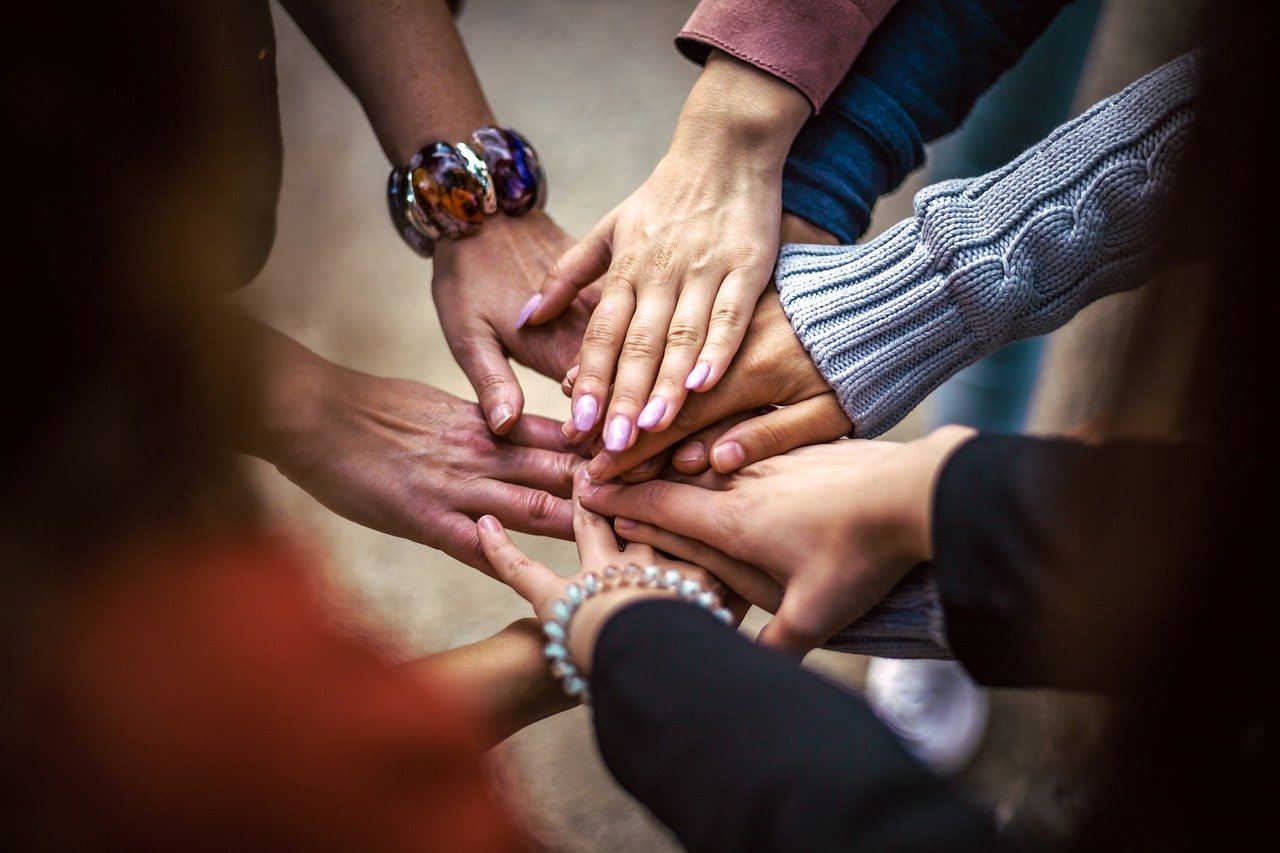A feeling of disconnection can lead to isolation, even in the presence of many. Witnessing others struggle with mental and physical wellness, abuse, and financial challenges can be quite heavy. The notion that a rising tide lifts all boats holds especially true when it comes to community involvement.
When challenges escalate within a community, feelings of detachment often follow. This sense of isolation can exacerbate existing issues. Yet, by joining forces to support each other, communities can pave the way for improved outcomes for everyone involved.
This is particularly relevant when social workers, counselors, and public health professionals take part. Join us as we delve into the essentials for nurturing healthier minds and communities for optimal results.
Fostering Positive Community Results Starts From Within
Cooperation is crucial for maintaining a thriving, safe, and healthy community. Individuals can significantly impact their environment by working together, even if assistance is needed. To strengthen a community effectively, certain key steps should be prioritized, including:
1. Offer Mental Health Support
The negative perceptions around mental health often prevent individuals from seeking necessary help. Additionally, a lack of understanding can further complicate the issue. Social stigmas and insufficient resources can detrimentally affect both individuals and communities confronting mental health challenges.
Such stigmas generally arise from a lack of knowledge, which is not anyone’s fault. Nevertheless, mental health professionals have the opportunity to provide valuable resources to help change these perceptions. For instance, school counselors can distribute pamphlets and host workshops that educate students about mental health issues.
This way, students are more inclined to express their emotions rather than bottle them up, making it essential to provide such resources in community centers and other accessible public venues. Nowadays, social media can also serve as an educational tool for mental health awareness. Promoting a widespread understanding can help dismantle stigmas and motivate individuals to pursue assistance.
2. Foster Meaningful Relationships
True connectivity distinguishes a community from merely a collection of nearby individuals. Building a joyful and thriving community can be challenging if meaningful relationships are not formed. One effective approach is to organize local groups and events.
These could involve community barbecues, potlucks, or fundraising campaigns. It’s equally important to create groups focused on hobbies, sports, charity work, and community improvement. Although the participants may differ, sharing a common passion can reveal the connections they share.
Such community gatherings can cultivate lasting relationships and assist individuals who feel alone. Isolation harms individuals and ultimately affects the community as a whole. It only takes a few proactive individuals to initiate connections among their peers, patients, and neighbors.
3. Support Harm Reduction and Combat Addiction
Addiction represents a significant challenge for many communities, posing threats to both mental and physical well-being. Currently, mental health professionals and public health advocates can affect change by channeling resources toward addiction prevention and harm reduction efforts.
Health educators can inform the community about the risks associated with drug and alcohol misuse. This is just one of many career paths in health education that enable you to observe the positive transformations in people’s lives. Health educators can engage with individuals of all ages, as it’s vital to address addiction intervention across demographics.
Furthermore, community members—psychologists, social workers, and local leaders—can support addiction recovery and harm reduction initiatives. Harm reduction is just as critical as prevention, as it can safeguard individuals who are currently engaging in risky behaviors. The greater the community’s awareness of addiction’s dangers, the fewer lives will be affected.
4. Promote Community Advocacy
Insufficient resources and programs can lead individuals and communities to feel overlooked, a sentiment that’s often valid. This is particularly evident in underserved areas grappling with social and economic challenges. However, healthcare practitioners, psychologists, and local officials can make meaningful contributions by endorsing initiatives aimed at community improvement.
This may involve advocating for financial support, nutritional assistance, healthcare services, mental health resources, and prenatal care aid. Sometimes it requires joining a local committee to enact change from inside the community. In other cases, it may involve rallying community members for a shared cause to attract the attention of local authorities.
Such actions can foster unity and belonging, as everyone will participate in shaping their environment. Identifying and tackling community issues enables the pursuit of sustainable solutions that will endure long after the initial advocates are gone.
5. Invest in Youth Initiatives
A psychology degree can open doors to various career opportunities, especially in working with youth. School psychologists aid students facing emotional, behavioral, and academic struggles. If these issues go unaddressed, they can hinder young people from leading fulfilling and healthy lives.
Many young individuals may simply require someone to listen, and school psychologists can fulfill that role. They can also step in during instances of bullying, addiction, violence, or risky actions. Collaborating with parents, educators, and school management, school psychologists can guide students and prepare them for future challenges.
As mandated reporters, school psychologists are also obligated to engage with and report cases of abuse or neglect. This rewarding career can profoundly impact lives and help cultivate active, healthy members of the community.
Communication and Connectivity Are Essential for Community Health
Whether it involves establishing a community center or organizing workshops, the most effective means of promoting mental wellness is to unite individuals. Connectivity reveals to people that they are not alone and that their neighbors and peers genuinely care about their well-being. This notion applies equally to adults and seniors, as it does to young learners.
While mental health professionals, psychologists, and educators play essential roles, community members must also come together to uplift one another.
Photo Credit
Image by Bob Dmyt from Pixabay
Guest Author Bio
Sarah Daren
 With a Bachelor’s in Health Science and an MBA, Sarah Daren possesses extensive knowledge in the health and business domains. Her expertise in technology and its capacity to improve lives has led her to consult for various startups, notably in health education, wearable tech, and wellness. She integrates her health knowledge into all aspects of her life, aiming to promote a healthier America for future generations.
With a Bachelor’s in Health Science and an MBA, Sarah Daren possesses extensive knowledge in the health and business domains. Her expertise in technology and its capacity to improve lives has led her to consult for various startups, notably in health education, wearable tech, and wellness. She integrates her health knowledge into all aspects of her life, aiming to promote a healthier America for future generations.

